What to consider when buying a vintage guitar?
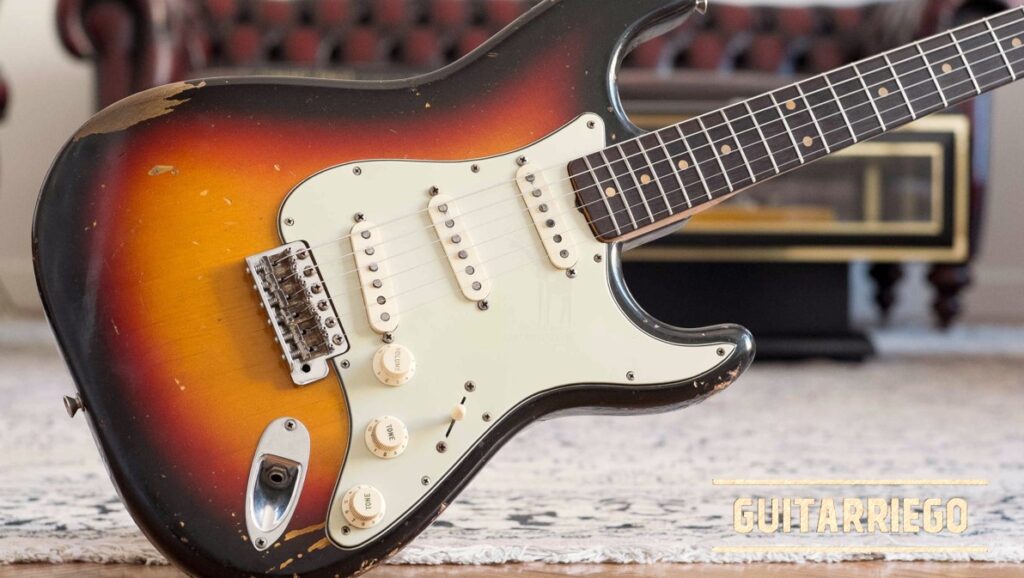
Advice that luthiers give on what to look for, consider and check in a vintage or antique guitar before buying.
Considerations when buying a vintage guitar
Most of the considerations for an older guitar are the same as for any other guitar. Additionally, you must take precautions related to the wear of the musical instrument.
Old things can be good, but just because they are old doesn’t mean they don’t assure you. There are also very bad old things, so vintage guitar is not synonymous with good guitar. Therefore, buying a vintage guitar is not safe at all.
What to check on a vintage guitar?
- Try the guitar
- Check the frets
- Examine the setup
- Check the truss rod
- Don’t be afraid of noises
- Check all moving parts
- Be realistic
- Research everything about the guitar

Try the guitar
This advice is universal, for any guitar you want to buy, be it cheap or expensive, new or used, and even a vintage one. Always test instruments and the more you test the better. Find that guitar that makes you not want to stop playing it.
Many professional guitarists say, the more you play a guitar, the better it sounds. Also, the better a guitar sounds the more it makes you want to play it. It is a virtuous circle, so it is to be expected that the more worn and the worse it is aesthetically, the better it sounds. On the contrary, the better the instrument is maintained, the more suspicious of its good tone. But of course, this is simply a reference, perhaps the aesthetics and wear are more related to the care given by its owners than to its quality as an instrument itself.
Look for the guitar to connect with you easily, and naturally. Matt Gleeson of Monty’s Guitars says, “ The most important thing is that the guitar resonates with you when you play it. Everything else is generally fixable or fixable. “
Examine the setup
An instrument of many years, can have a long time neglect. So, as the wood is more settled and stable, it can also be more difficult to correct problems.
So if a vintage instrument is not very well configured and cared for, you will always have to budget a little more to fix those pesky problems; but also consider how structural they are.
Check the curvature of the guitar neck well, check that the curve is homogeneous and that it is not twisted. It will not be very pleasant to have to re-radiate a fretboard to correct the curvature of the same and lose the original lacquer in it.
Also don’t forget that a fixable problem doesn’t mean it’s cheap. Therefore, it is important that you consider every detail to be able to differentiate between an opportunity or an overly expensive investment when buying a vintage guitar. Check out the following tips to keep in mind when buying an vintage guitar.
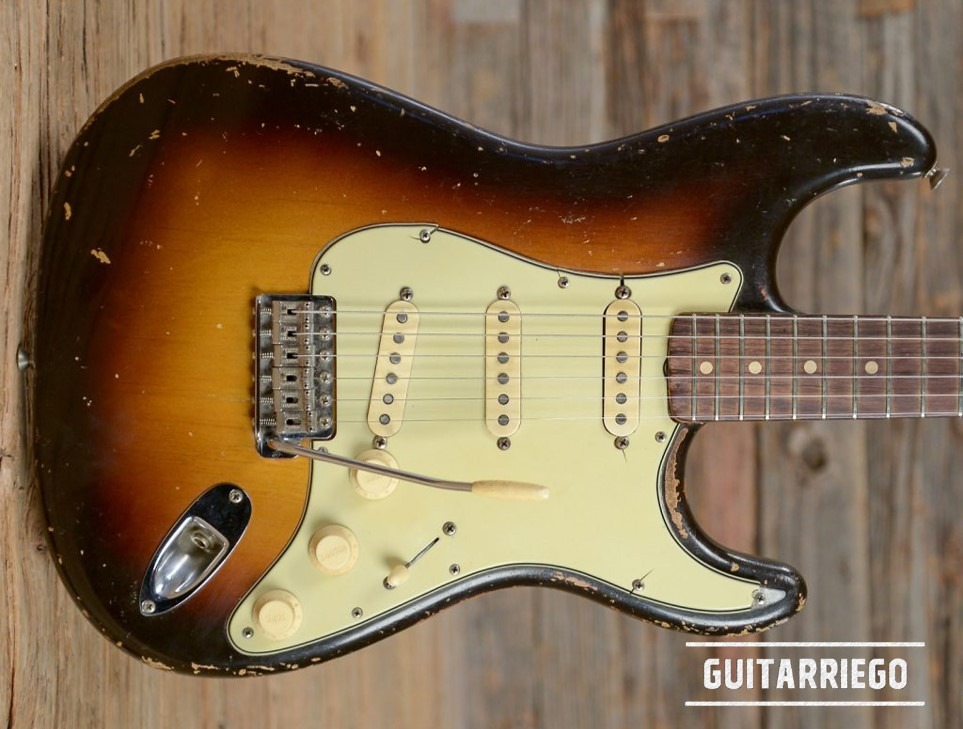
Check the frets of the vintage guitar
Checking the condition of the frets is one of the first things to take into account and consider in the sale price of the guitar. Matt Gleeson states: “For example, on a Stratocaster from the 70’s, which is still relatively cheap, the frets are really small and during that period they were spraying them with really thick lacquer.”
“So if you have worn frets on top of that, you can feel like you’re playing a fretless wonder. That leaves you facing the cost of re-entrenching, and if it’s a one-piece maple neck, that could mean you also have to repaint the fretboard because the lacquer comes off a lot on re-tapping. ” Complete Gleeson.
On older Gibsons that have slightly wider frets, when the frets flatten out from wear, the intonation point for that fret is lost. If that happens, the tuning may sound ‘off’. When you worry about a string, it doesn’t come across a single, well-defined spike, but actually flutters through a flat strip of metal. That dulls the sound a bit and affects the tuning negatively, so you’d have to consider a fret dress or something to figure that out.
A re-inlay will add significant cost to the cost of the instrument, as well as risk, as you may lose the original lacquer on a maple fingerboard, or pieces of ebony or rosewood may skip, and affect the aesthetics.
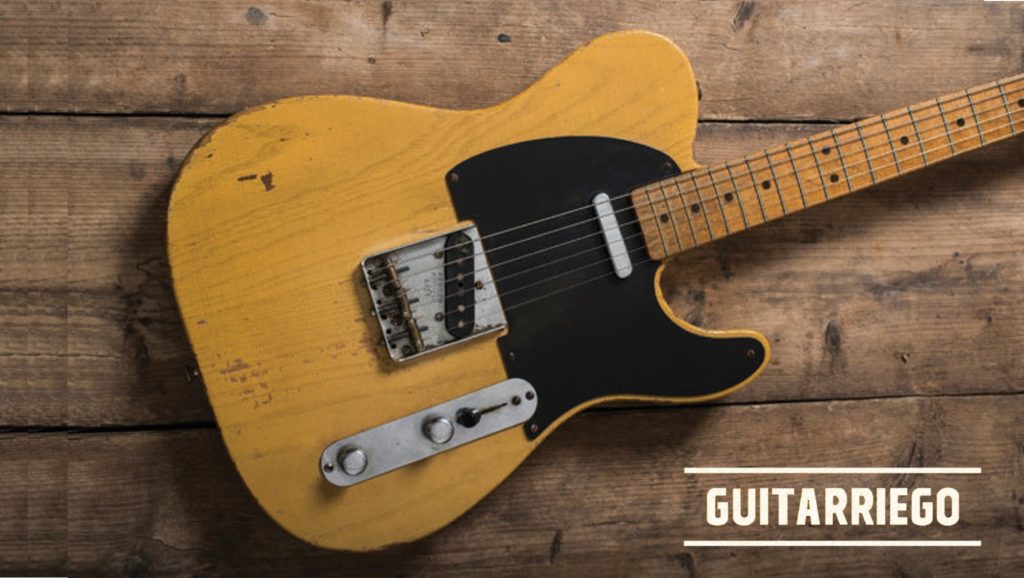
Check the Truss rod of an instrument
Many years of little use, exposure to humidity, can affect not only the wood of the guitar, but also its metal parts. It is important that you check that the adjustment of the truss rod works correctly.
A truss rod problem can be fatal and cost several thousand dollars or euros. Check well that it works well, especially if the calibration of the musical instrument is not correct.
Don’t be afraid of noises
Electronic parts such as potentiometers, pickup selector, and even the pickups themselves can start to generate noise over time. These are caused by accumulated dirt and / or lack of use.
Thus, it is possible that the switches and potentiometers generate annoying noises. As well as microphones, which can generate annoying feedback and hum. But don’t worry, this shouldn’t be serious and is even normal and expected on an older instrument.
The best way to eliminate a large part of these noises are solvable with cleaning using suitable cleaners and above all, with the use of them. Another great excuse to play vintage guitar!
Matt says: “So when inspecting a vintage guitar with a view to purchasing it, plug it in and turn the crisp knobs back and forth. If the noise starts to go away and clear up while you’re testing it, then you’ll know it’s okay, it’s just dirt. If you’re feeling cheeky, you might want to point out the creak to the salesperson and then use it to haggle a bit.
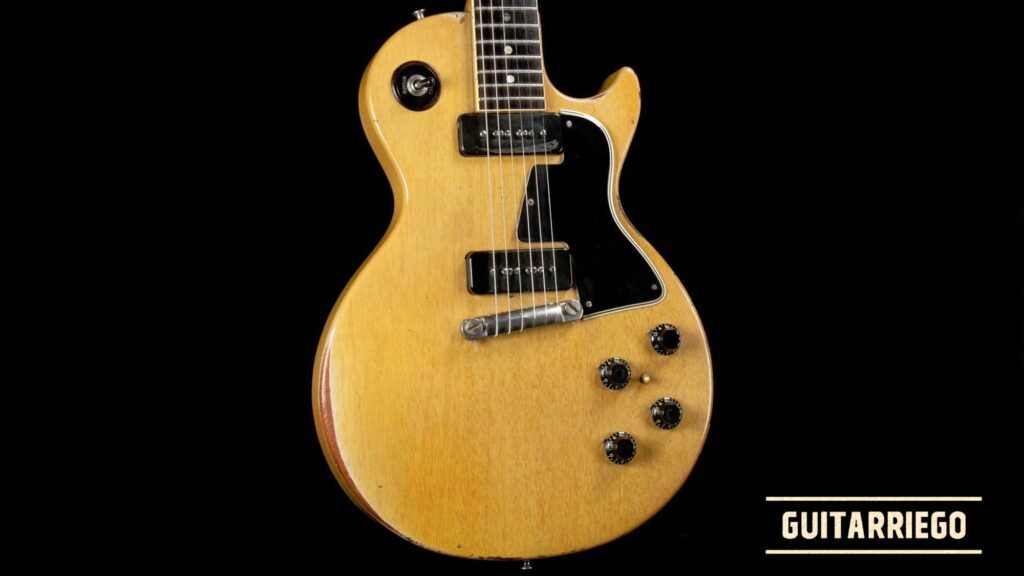
Check all moving parts
In general terms, time -together with use- makes wood good, dries, settles and achieves better resonance. However, the metal parts of a guitar are often negatively affected by time and use, generating rust.
As well as checking the truss rod, which given the importance we put it as a point in itself, although it would fall within this advice, also check that all the pins work correctly. These often lose precision, begin to have play and require a replacement.
Also check all saddle height capscrews and any parts you need to adjust for proper operation. On Strat, it is normal for the bridge bolts to be covered in rust and grime and will not move. This may require you to disassemble the entire bridge and soak it in oil or even replace it, which is more time and costly.
Be realistic, not everything is perfect
Be realistic with the old guitar you are trying to fine tune. There are vintage instruments that will be very difficult to have low action. That is, there are certain parameters that have their limits. So you can find vintage instruments that sound incredible, but have their limitations in their configuration.
As we saw above, electronic parts can suffer a lot over time. For example, some of the pickups are not as robust as their modern equivalents when it comes to functionality, miking, and more.
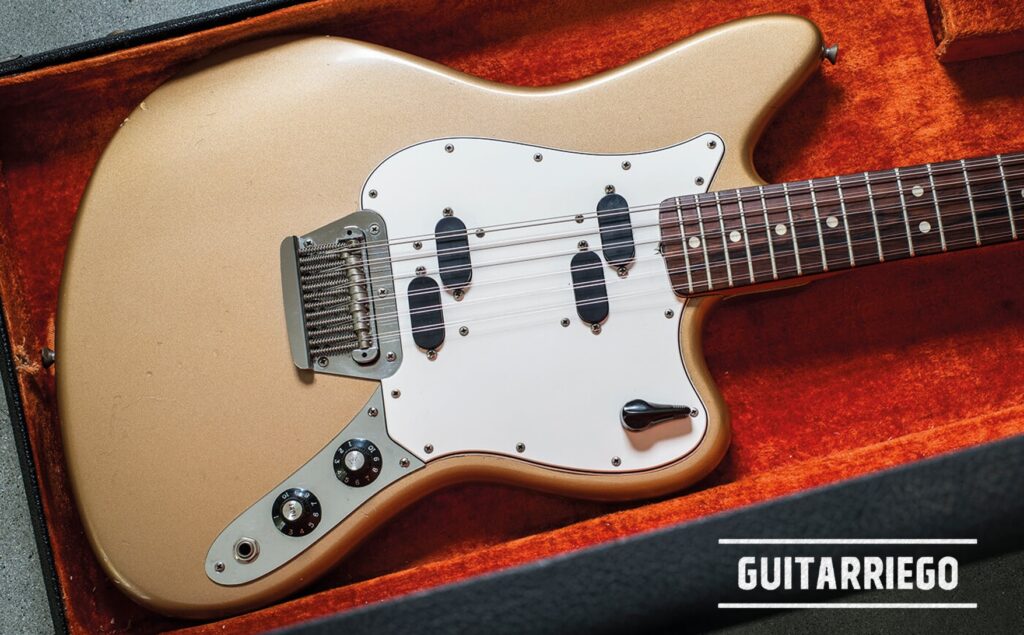
Research everything about the guitar
Do your homework and research, inspect, and contrast the guitar as completely as possible before you buy it so that you don’t be fooled, there are many scammers who sell guitars as vintage that are not.
Look at old brochures, their specifications, find photos and good-condition copies to compare and contrast. Many collectors have been misled, imagine that it can happen to anyone.
It happens to many that as soon as they take apart the supposedly vintage guitar, they realize that there was nothing original there. That is why it is important to ask for photos of all parts of the guitar beforehand. If possible check with other gear fans to see what they think.
Also, consider George Gruhn’s book, Guide To Vintage Guitars, which comes out every year and is really up to date. The book contains information to verify serial numbers, potentiometers, and any level of nerdy information. Great stuff to look at when shopping for vintage guitars.
Related Articles: Best 14 tips and tricks to improve the tone of your guitar.






